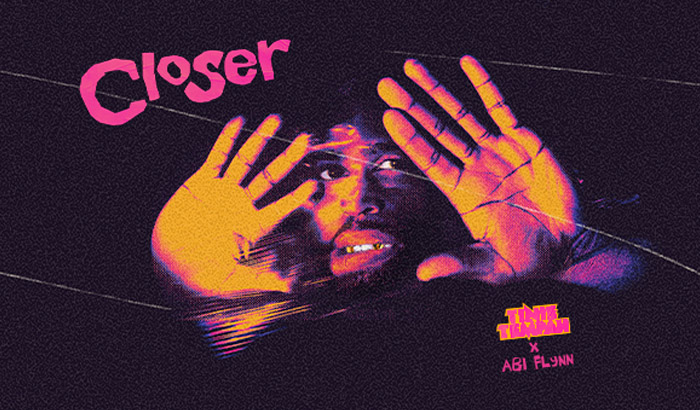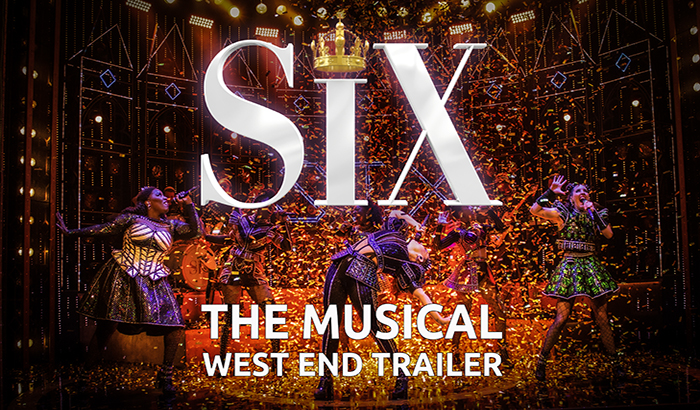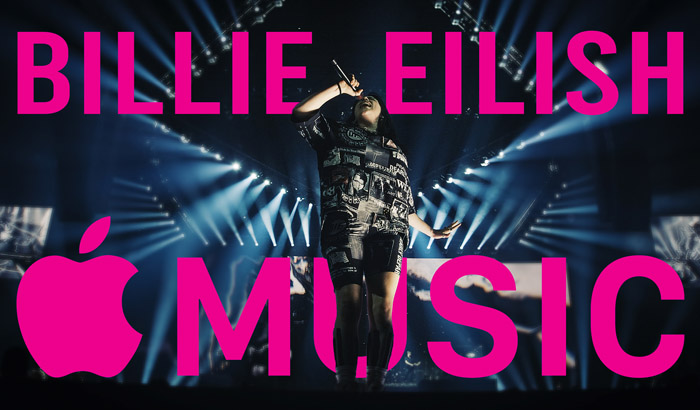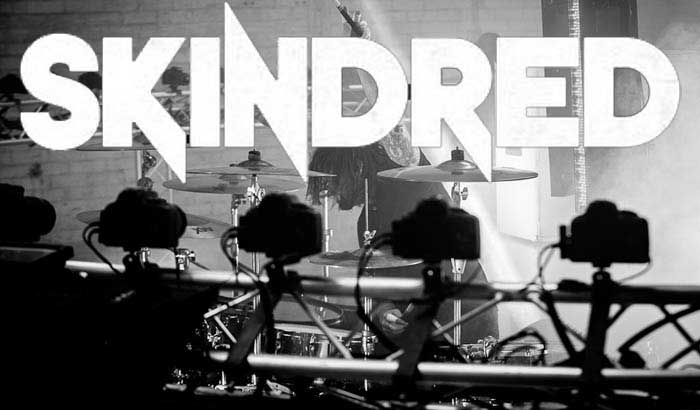Music: Bullet Time Photography
Bullet Time has revolutionised the visual storytelling in music videos, offering a technique that captures every detail with heightened emotional impact. By recording footage at an extreme frame rate than the playback rate, this technique allows viewers to experience time in a uniquely frozen form, making even fleeting moments linger with dramatic effect. In music videos, slow motion is used to emphasize key moments, enhance the lyrical narrative, or simply to add a visually striking element that complements the musical tempo, bullet time increases that even further. Whether it’s capturing the dynamic drop of a beat or the subtle expressions of an artist, time slice technique invites the audience into a surreal, captivating world, making it a favourite tool among video directors seeking to leave a lasting impression.
Bullet Time in Music
Bullet time photography has become a standout feature in various sectors, but its impact on the music industry is particularly profound. This technique shines in the dynamic environment of music performances, where rapid movements and intense expressions are often missed in real-time. Imagine capturing the dramatic swing of a guitarist’s arm, a singer’s passionate facial expression during a high note, or a drummer’s energetic solo, all frozen in time yet fully visible from multiple angles.
Music video directors and live concert producers have embraced bullet time photography to enhance their visual narratives, capturing iconic moments from different perspectives. This allows fans to experience the depth and emotion of performances in ways that were previously unimaginable, adding a new layer of engagement and appreciation for the artistry involved.
The Impact on the Audience
Incorporating bullet time photography into music productions not only allows for a deeper exploration of artists’ movements and expressions, but also significantly enriches the viewer experience. This innovative technique grants audiences the ability to witness and appreciate the sheer artistry, emotion, and skill of musicians like never before.
The blend of artistry and technology that bullet time photography introduces to music media has fundamentally transformed our interaction with music performances. We no longer merely ‘listen’ to music; we now get to ‘experience’ it in a visually immersive way, capturing every dynamic moment with stunning clarity and detail.
The Challenges
While the effect is undoubtedly stunning, implementing bullet time photography is not without its challenges. The technique demands a sophisticated setup involving dozens, sometimes hundreds, of cameras and precise synchronization. There are also considerable costs for equipment, maintenance, and highly skilled operators.
Moreover, the high-speed data transfer required to process and stitch the images together for seamless viewing necessitates powerful computing capabilities. The complexity of bullet time photography can also create a slower turnaround time, making it less suited for immediate live broadcasting but perfect for replays and post-game analysis.
Looking Ahead
Despite the challenges, bullet time photography is undeniably changing the landscape of music video production and live concert broadcasting. As technology continues to advance, the integration of this method into live music coverage is becoming more feasible. We’re not far from the day when every major music event will feature spectacular bullet time sequences, offering us an even richer viewing experience.
The convergence of art, science, and music through bullet time photography has truly redefined our perception of musical performances. It stands as a testament to the limitless potential of creativity and technology in enhancing our engagement with the world of music.










